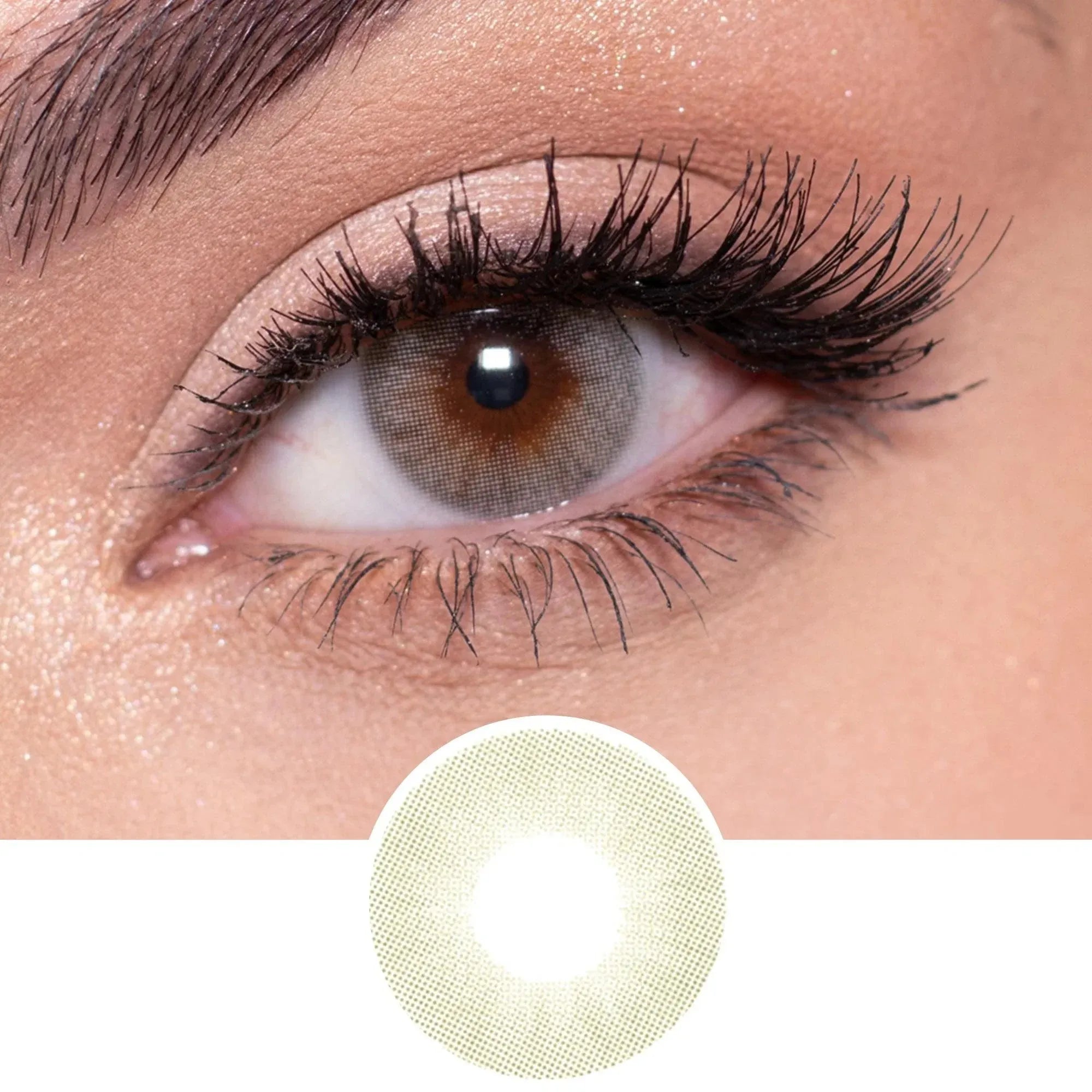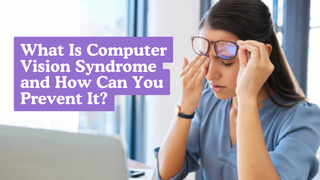Experiencing bleeding in the eye can be alarming, but not all cases are cause for serious concern. One common type of eye bleeding is subconjunctival hemorrhage. Understanding what this condition entails, its causes, symptoms, and treatment options can help you manage it effectively and maintain your eye health.
What is a Subconjunctival Hemorrhage?
A subconjunctival hemorrhage occurs when a small blood vessel breaks just beneath the conjunctiva, the clear surface covering the white part of the eye (sclera). The blood gets trapped under this clear layer, leading to a noticeable red or bloodshot appearance. Despite its alarming look, a subconjunctival hemorrhage is usually harmless and self-resolving.
Symptoms of Subconjunctival Hemorrhage
The primary symptom of a subconjunctival hemorrhage is a bright red or dark blood patch on the white part of the eye. Unlike other forms of eye injuries, it generally does not cause pain, vision changes, or discharge. Some people might experience mild irritation or a gritty sensation, but these symptoms are rare.
Causes and Risk Factors
Common Causes
Subconjunctival hemorrhages can result from a variety of minor incidents, including:
- Coughing or sneezing forcefully
- Straining, such as during lifting heavy objects or constipation
- Minor trauma or rubbing the eye
- Vomiting
Medical Conditions and Medications
Certain medical conditions and medications can increase the risk of subconjunctival hemorrhages, such as:
- High blood pressure
- Diabetes
- Blood-clotting disorders
- Use of blood-thinning medications like aspirin or warfarin
Diagnosis of Subconjunctival Hemorrhage
A healthcare professional typically diagnoses a subconjunctival hemorrhage through a simple eye examination. They will review your medical history and ask about any recent activities that might have caused the bleeding. In rare cases, additional tests may be required to rule out underlying health issues.
Treatment and Management
Self-Resolving Nature
In most cases, a subconjunctival hemorrhage does not require any specific treatment and will resolve on its own within one to two weeks. The body gradually reabsorbs the blood, and the red patch fades away.
Home Care Tips
While the condition heals, you can follow these tips to ensure comfort and proper care:
- Avoid rubbing your eye to prevent further irritation
- Use artificial tears to alleviate mild irritation or dryness
- Avoid activities that could exacerbate the condition, such as heavy lifting or straining
Medical Intervention
Seek medical attention if you experience any of the following:
- Pain or significant discomfort
- Vision changes
- Recurrent subconjunctival hemorrhages
- Bleeding that does not resolve within two weeks
Preventing Subconjunctival Hemorrhage
Managing Underlying Health Conditions
Effective management of underlying health conditions like high blood pressure and diabetes can reduce the risk of subconjunctival hemorrhage. Follow your healthcare provider's advice and maintain a healthy lifestyle.
Protective Measures
Taking precautions can help prevent minor injuries that could lead to eye bleeding:
- Wear eye protection during activities that pose a risk of eye injury
- Practice good eye hygiene and avoid rubbing your eyes forcefully
- Use proper techniques when lifting heavy objects to avoid straining
When to Seek Medical Attention
It’s essential to differentiate between a benign subconjunctival hemorrhage and more serious eye conditions. Seek immediate medical attention if you experience:
- Severe eye pain
- Sudden vision loss
- Significant swelling or discharge
- Signs of infection
Regular eye check-ups with an optometrist or ophthalmologist are crucial for maintaining overall eye health and catching any potential issues early.
While colored contacts can help, they may not completely conceal arcus senilis in all cases. The ring might still be visible at certain angles or under specific lighting conditions.
A proper fit is crucial for both comfort and effectiveness. Ill-fitting lenses can cause discomfort, shift on the eye, and potentially lead to eye health issues.
A subconjunctival hemorrhage, though alarming in appearance, is typically a benign and self-resolving condition. Understanding its causes, symptoms, and proper management can help alleviate concerns and ensure your eye health remains in good condition. Always seek medical advice if you are uncertain or if symptoms persist.
Additional Resources
- American Academy of Ophthalmology (AAO)
- National Eye Institute (NEI)
- Contact information for local eye care professionals and emergency services











